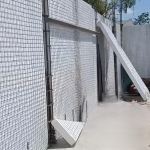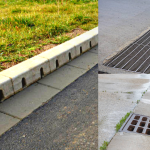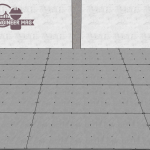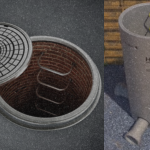A. Deep Foundation – Surface conditions have little influence on their base bearing capacity since they are situated so far below the completed surface. These types of foundation are appropriate when there are unstable soils near the surface of the ground.
Types of Deep Foundation
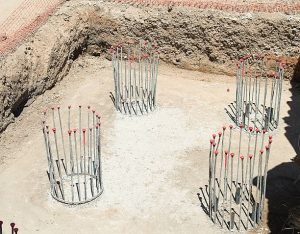
Pile Foundations – A pile foundation, which is a type of deep foundation, is essentially a long cylinder or thin column built of concrete or steel. End bearing or frictional forces are used to support the structure and transmit the load at a desired depth.
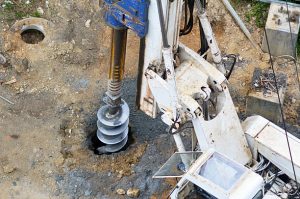
Drilled Shafts– Caissons, drilled piers, and bored piles are deep foundation methods that entail drilling cylindrical shafts into the soil and filling them with concrete. For this type of foundation, drilling into the soil, often to bedrock or a hard stratum, and then pouring concrete into the hole to build the foundation is required. In the concrete, reinforcing steel may or may not be employed.

Caisson Foundation– These are hollow substructures that may be built near or on the ground surface and sunk to the necessary level as a single unit. They have a massive load bearing capability and are often used for bridges.

Basement Foundation– These hollow substructures serve as storage or working space beneath the earth. They are built in open excavations. Their structural needs determine how they are built.
B.Shallow Foundation -A shallow foundation is a form of building foundation that transfers building loads to the ground relatively close to the surface, rather than to a subsurface layer or a variety of depths, as a deep foundation does.
Types of Shallow Foundation
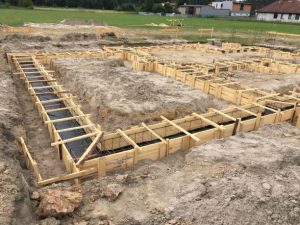
Strip footings – Strip footings are a load-bearing masonry construction that serves as a long strip to sustain the weight of a whole wall. These are used in instances when the building loads are carried by whole walls rather than individual columns, such as in old masonry structures.

Individual footing – Individual footings are one of the most basic and often used forms of foundations. When the load of the building is borne by columns, they are employed. Each column will typically have its own footing. The footing is just a square or rectangular concrete pad on which the column rests.

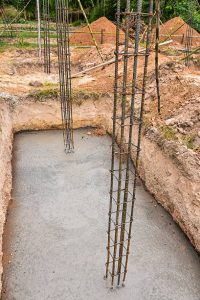
Mat foundations– A “mat foundation” is a large continuous rectangular or circular concrete slab that carries the whole weight of the superstructure and distributes it over the entire area underneath the structure. It’s a type of shallow foundation that helps with differential settlement. Combined Footing – A combined footing is similar to an individual footing except that one base supports the weight of two pillars or columns that are close enough to justify a shared foundation point.

